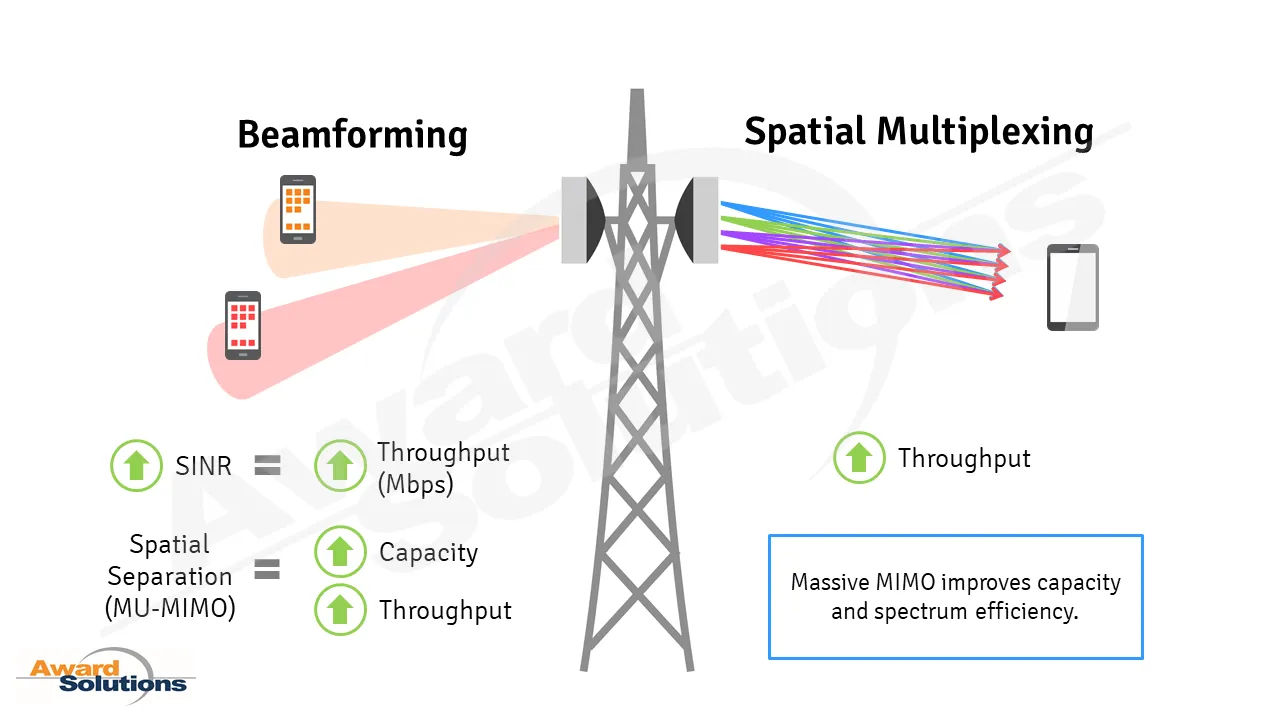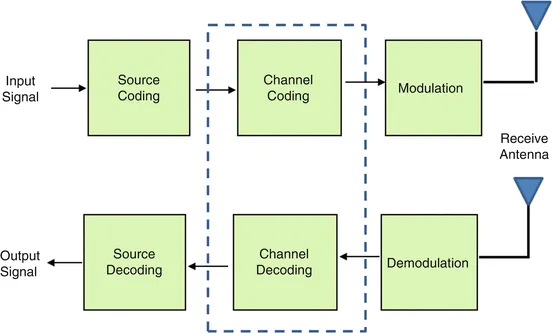In my previous post, we began the exploration of what makes wireless communication work. A simplistic framework of the sections of wireless communication revealed the following: Transmitter side, Communication channel, and Receiver side. The transmitter side has already been tackled, so for this part, we dive into the communication channel and the receiver side.
The Channel
The obvious medium through which electromagnetic waves travel is the air. This is also the case with satellite communication, where waves travel into space. This medium/path, however, isn’t always smooth.

From physics, we know that waves can be reflected, diffracted, absorbed, and interfered with. These behaviours also apply to wireless signals, and with these come issues like fading, multipath interference, and signal distortion.
With all the bouncing around and interfering, it means that there’s a high possibility that the waves might have lost most of their information before getting to the receiver’s end. When this happens, the receiver may have weaker, delayed, or even scrambled data.
To counter this, engineers have developed smart techniques such as Beamforming, Massive MIMO, and Error Correction Codes to efficiently transmit information. Beamforming deals with directionality where energy is focused in a particular direction towards the receiver. In Massive MIMO, we have many antennas being used to increase signal robustness and capacity, and finally, for error correction codes, it’s implemented for detecting and fixing corrupted data.

Passing information through the air may seem easy to achieve. Nevertheless, it comes with its challenges and ensuring reliability though it is a key part of wireless communication.
The Receiver Side
What happens once the signal successfully makes it through the channel?
That’s where the receiver comes in. Here, we have a reverse of the process that occurs on the transmitter side.
The receiving antenna picks up the Electromagnetic waves and converts them back to electrical signals. A process called demodulation is applied to the received signal to filter out the carrier wave in order to reveal the data that has been embedded in it. Once the original message is retrieved, decoding follows. In the process of decoding, the goal is to reconstruct the original bits, check for errors, and transform the signal into readable information.

That basically sums up the process at the receiver side. With that said, whether it’s a voice message or a video stream, the receiver side performs similar operations as done at the transmitter side, but just in reverse.
And like that, Voilà! the information is delivered. It’s pretty amazing how all this happens and we don’t even notice them. That’s the world of wireless communication for you.
I know this post took a while due to some activities, and through this week, I’ll be occupied. Because of that, there’ll be no post for this week. However, brace yourselves for our next session, where we will begin our exploration into the world of cellular technologies. Our starting point,1G: the first generation of mobile communication.
If you missed my previous post, you can follow up here
Until then, thanks for reading, and stay curious.
Peace Out! ✌️